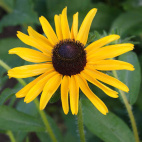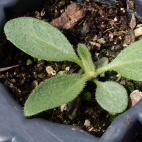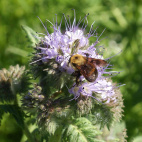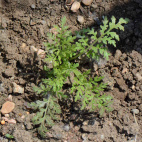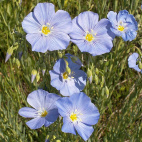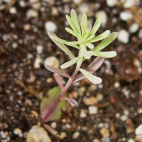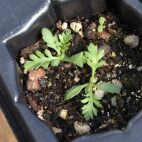Color
Availability
USDA Zone
Region
Type
Duration
Season
Germination
Soil
Sunlight
Height
Use
Narrow Your Search
Color
Availability
USDA Zone
Region
Type
Duration
Season
Germination
Soil
Sunlight
Height
Use
Wildflower Seeds - Southeast Region
The Southeast Region gets a lot of moisture and heat, better known as humidity. The warm Gulf waters provide a steady supply of moisture, and keeps it green for much of the year. Some areas experience cold and snow in the winter months, but it is usually pretty short-lived. If you live in this region, you can grow a lot of native wildflower seeds without too much trouble, but will need to watch out for species that can't handle too much heat or moisture. Also, some of the native species of the Midwest require a cold dormant season to complete their life cycle, so if you do not have enough chill hours, they might not grow well. Other than that, you have a lot of bulk flower seed packets available here, and can tailor them to your needs by filtering the results with the left-hand menu.
-
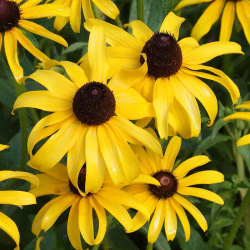 Black Eyed Susan Seeds
Rudbeckia hirta
Black-eyed Susan is probably the most popular wildflower for summer gardens. This biennial is so easy to grow, and produces a lot of showy yellow blooms that are liked by butterflies - so why not have it in the garden?Quick View$2.98 Pkt - $7.09 / Oz
Black Eyed Susan Seeds
Rudbeckia hirta
Black-eyed Susan is probably the most popular wildflower for summer gardens. This biennial is so easy to grow, and produces a lot of showy yellow blooms that are liked by butterflies - so why not have it in the garden?Quick View$2.98 Pkt - $7.09 / Oz -
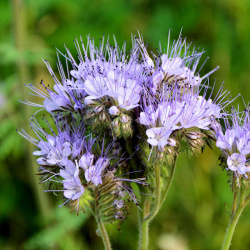 Lacy Phacelia Seeds
Phacelia tanacetifolia
This annual is a popular honey plant and creates an unforgettable lavender carpet that is always buzzing. The resilient desert native flourishes in lots of sunlight, and can handle heat and drought. It also is effortless to grow and produces a lot of seeds that can sprout the following year.Quick Viewx
Lacy Phacelia Seeds
Phacelia tanacetifolia
This annual is a popular honey plant and creates an unforgettable lavender carpet that is always buzzing. The resilient desert native flourishes in lots of sunlight, and can handle heat and drought. It also is effortless to grow and produces a lot of seeds that can sprout the following year.Quick ViewxLacy Phacelia Seeds
Phacelia tanacetifolia
This annual is a popular honey plant and creates an unforgettable lavender carpet that is always buzzing. The resilient desert native flourishes in lots of sunlight, and can handle heat and drought. It also is effortless to grow and produces a lot of seeds that can sprout the following year.
$3.48 Pkt - $5.96 / Oz -
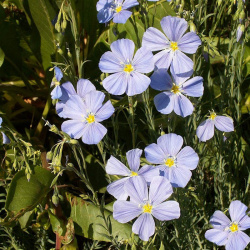 Lewis Flax Seeds
Linum lewisii
This western native grows in lovely, pale blue profusion, and is named after the Lewis and Clark expedition. It is similar to Blue Flax but is a little shorter, and not quite as vivid. Some gardeners like to mix the two varieties to create a bit more texture in the planting. This perennial is very easy to grow and looks great when planted en masse.Quick Viewx
Lewis Flax Seeds
Linum lewisii
This western native grows in lovely, pale blue profusion, and is named after the Lewis and Clark expedition. It is similar to Blue Flax but is a little shorter, and not quite as vivid. Some gardeners like to mix the two varieties to create a bit more texture in the planting. This perennial is very easy to grow and looks great when planted en masse.Quick ViewxLewis Flax Seeds
Linum lewisii
This western native grows in lovely, pale blue profusion, and is named after the Lewis and Clark expedition. It is similar to Blue Flax but is a little shorter, and not quite as vivid. Some gardeners like to mix the two varieties to create a bit more texture in the planting. This perennial is very easy to grow and looks great when planted en masse.
$3.48 Pkt - $12.65 / Oz -
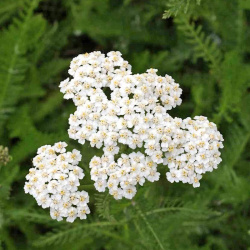 Western Yarrow Seeds
Achillea millefolium occidentalis
Growing clusters of small white flowers and feathery foliage, this is one of the most common wildflowers in the western United States. Yarrow makes an excellent pollen source in arid conditions.Quick View$2.98 Pkt - $9.54 / Oz
Western Yarrow Seeds
Achillea millefolium occidentalis
Growing clusters of small white flowers and feathery foliage, this is one of the most common wildflowers in the western United States. Yarrow makes an excellent pollen source in arid conditions.Quick View$2.98 Pkt - $9.54 / Oz
The Southeast Region gets a lot of moisture and heat, better known as humidity. The warm Gulf waters provide a steady supply of moisture, and keeps it green for much of the year. Some areas experience cold and snow in the winter months, but it is usually pretty short-lived. If you live in this region, you can grow a lot of native wildflower seeds without too much trouble, but will need to watch out for species that can't handle too much heat or moisture. Also, some of the native species of the Midwest require a cold dormant season to complete their life cycle, so if you do not have enough chill hours, they might not grow well. Other than that, you have a lot of bulk flower seed packets available here, and can tailor them to your needs by filtering the results with the left-hand menu.





